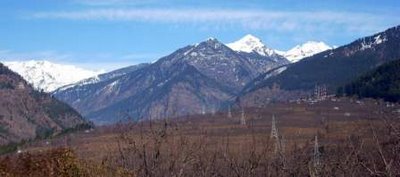 Temples between Naggar and Gojra on Left Bank of Beas
Temples between Naggar and Gojra on Left Bank of Beas
Penelope Chetwode undertook two treks from Shimla to Kullu Hills on hill ponies: once in September 1931 when her father was Commander-in-Chief of India. The second trek was in 1963-64 when she returned to India after more than 30 years. Penelope insisted to ride the pony even during her second journey from Shimla to Rohtang though most of the trek-route had been widened for lorries and buses to ply. Her book, Kulu, The End of the Habitable World switches effortlessly between the descriptions of the two treks. The narrative mostly contains her impressions of nature, pahari culture and excellent descriptions of pahari temples. Interestingly, she refers to herself as a mandir-mad traveler.
In her own words, “The twelve-mile walk or ride from Nagar to Manali is among the most beautiful in the world. To begin with the fertile valley is nearly a mile broad, but it gradually narrows as the mountains close in on either side. Torrents tumble into the alder-shaded river in a series of waterfalls and the track leads over frequent bridges through several villages with step cultivation in between and occasional deodar forests. At the northern end there is a great mountain wall, topped the snow ridge above the Solang nala, to the right of which is 13,400-feet Rohtang Pass. “
In January 2009, I decided to walk the walk which Penelope walked about 45 years back. I had seen and photographed some of the temples during my earlier visits to the area. However, Penelope’s well researched book provided me a lot of information to make a systematic effort to see the present state of the temples.
I started my walk from Mansari on the main Highway to Gajan village, now connected by a narrow link road. The road construction in these mountains has resulted in ‘ribbon development’ i.e. construction of establishments along the sides of the road. Most of the houses close to road are now concrete structures with flat roofs. During her second trek in 1964, Penelope notices that the appearance of buildings is being “spoilt by the substitution of corrugated iron roofs for the original precipice-slice tiles.†The landscape is still serene but being rapidly consumed by the cell phone towers and the towers for electricity transportation. The coming of hydel projects and roads have worsened the situation. Only such villages/houses which are away from roads are now left with slate-roof houses built in the indigenous timber-bonded style of Western Himalaya, which consists of alternate courses of dry stone and deodar beams.
Docha-Mocha Temple at Gajan (Type 2)
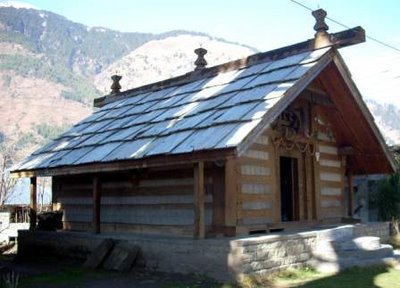

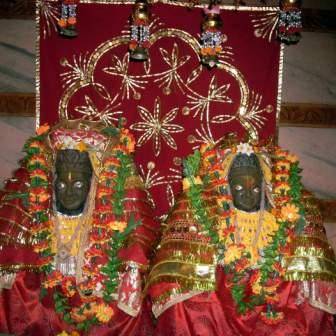
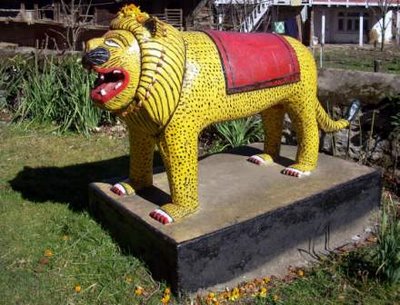
 However, the most important part of the temple is six wooden sculptures which were either part of this temple or some unknown one. Recently, a new temple has been constructed very close to the Docha-Mocha temple and the wooden sculptures have been placed in a glass showcase. There are two male and four female deities. The main male sculpture (largest one) has been identified as Surya and the other male is his attendant Dandi (Diserens and Postel). However, Dr Laxman Singh identifies the later sculpture as Kuber, the lord of wealth. Both the male sculptures are carved as stand-alone statues while the four female carvings identified as Yakshis appear to be part of a pillar or wall of the temple. Chronologically, Diserens dates two male sculptures to ninth century and females to 10th and 12th century. Postel ascribes date of seventh century, i.e. post Gupta period to these sculptures. There are about four other stone idols stored in the new temple which need to be researched and dated.
However, the most important part of the temple is six wooden sculptures which were either part of this temple or some unknown one. Recently, a new temple has been constructed very close to the Docha-Mocha temple and the wooden sculptures have been placed in a glass showcase. There are two male and four female deities. The main male sculpture (largest one) has been identified as Surya and the other male is his attendant Dandi (Diserens and Postel). However, Dr Laxman Singh identifies the later sculpture as Kuber, the lord of wealth. Both the male sculptures are carved as stand-alone statues while the four female carvings identified as Yakshis appear to be part of a pillar or wall of the temple. Chronologically, Diserens dates two male sculptures to ninth century and females to 10th and 12th century. Postel ascribes date of seventh century, i.e. post Gupta period to these sculptures. There are about four other stone idols stored in the new temple which need to be researched and dated.
Dr Hermann Goetz (1898-1976), a pioneering Indologist, wrote a beautiful book The Early Wooden Temples of Chamba and referred a lot to the temples found all over the Western Himalayas. He assumes that the statues of Docha and Mocha represent Scythian donors (late Gupta period)which are now worshiped as devis. On the day of Full Moon (Poornmasi) in Chait (March), a village fair known as Chacholi Mela is celebrated by the inhabitants of Gajan and Karjan villages.
Shiva-Parvati Stone Shikhar Temple, Sajla (Type 1)
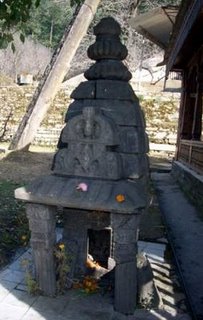
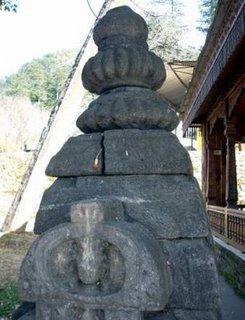
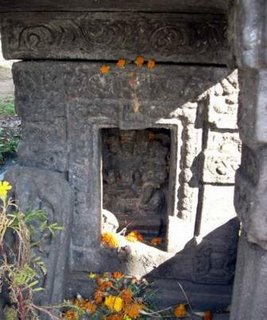 The small temple contains images of Shiva and Parvati.
The small temple contains images of Shiva and Parvati.Vishnu Temple, Sajla (Type 2)
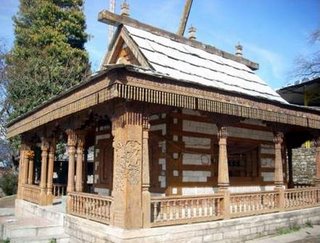


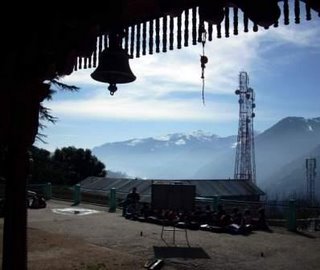 In afternoon, when I reached there, I could see the school classes being held in sun in the temple compound. A village fair is held here in the month of May.
In afternoon, when I reached there, I could see the school classes being held in sun in the temple compound. A village fair is held here in the month of May. The temple has two tall poles in its compound denoting the renovations that it has undergone.
The temple has two tall poles in its compound denoting the renovations that it has undergone.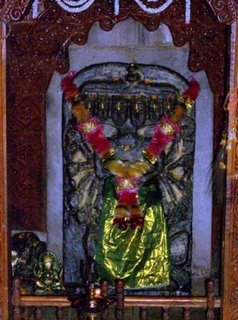

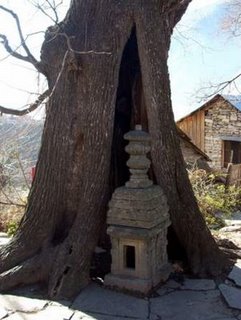
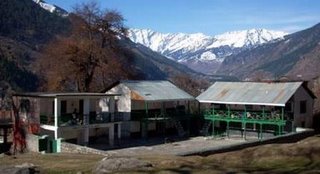
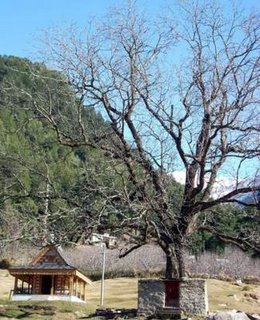
RamaSita Temple, Gojra
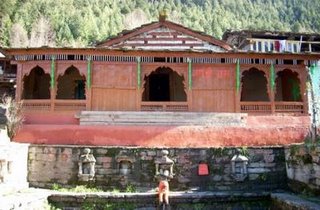
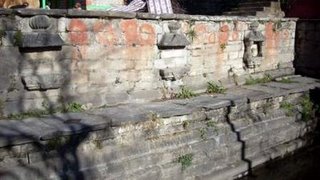



Sanjeeva Pandey is a forester, environmentalist and an active conservationist who was instrumental in attaining the World Heritage Status for Great Himalayan National Park (GHNP) in Himachal Pradesh. He lives in Shimla



hey nice work…………
sir you did the best which you can i like it